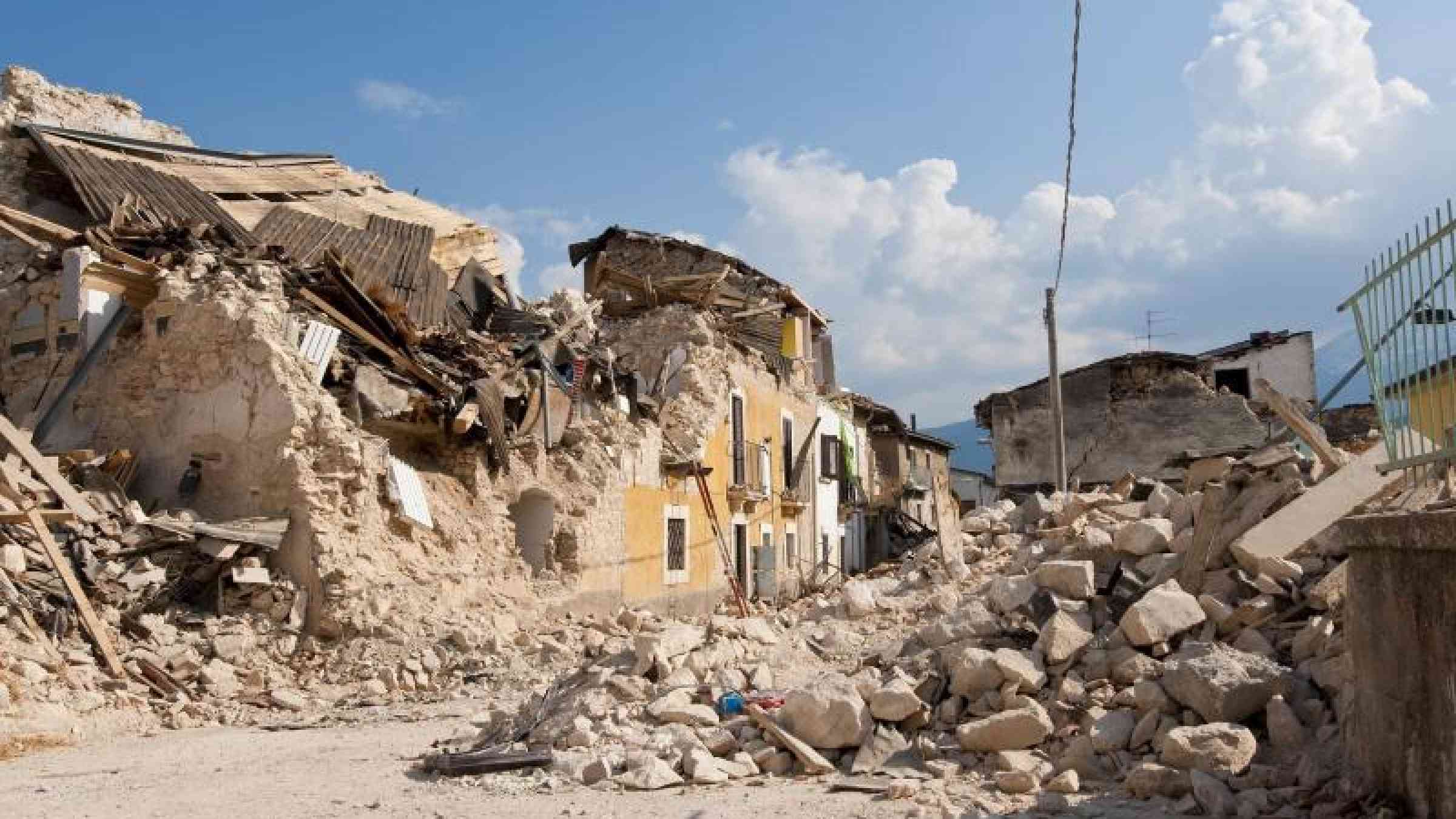
Scientists internationally are puzzled by the 2016 Kaikōura quake that ruptured more than 17 active faults, but did not break some other active faults in the area of the earthquake.
The Earthquake Commission has funded Structural Geology Professor Andy Nicol at University of Canterbury to study the mystery, and what it could mean for forecasting future earthquakes.
“What happened in Kaikōura has really got earthquake scientists around the world talking. The Kaikōura quake is well known as one of the most complex earthquakes ever recorded. The big question is, why did some faults rupture and not others?” Professor Nicol says.
“Faults build up stress over time, and eventually rupture as an earthquake. Seen over a long, long time – maybe tens of thousands of years - there is a cycle for a fault. What we’ll be doing in our EQC research is comparing cycles for some faults that ruptured in the quake with some that didn’t.
“The team is testing the idea that the faults that ruptured were already stressed as part of their historical cycle, and were in effect ready to go. This could help us forecast the timing, location and complexity of a quake in the future.”

The map above shows the faults near Kaikōura being investigated by the team, with the blue dots where they have dug trenches so far.
EQC General Manager Resilience, Dr Hugh Cowan, says Professor Nicol’s work is an exciting area of research with practical application for planners and emergency management.
“It will help build a more accurate picture of how faults behave and when faults might rupture. This kind of science is painstaking but contributes to useable knowledge that can help reduce the impact of earthquakes on people and property,” says Dr Cowan.
“The Kaikōura earthquake raised a whole lot of new questions about fault behaviour and the answers are important for New Zealand and internationally. There are a lot of people here and overseas with a keen interest in Professor Nicol’s research.”
Looking at a 10,000 year timeframe is not easy.
“It takes quite a bit of detective work,” says Professor Nicol. “We’re digging trenches across a fault line to read the history of how often the fault has ruptured, and when the last one was.
“In the trench we can see how different layers of rock have moved during past earthquakes over thousands of years. Then we use radiocarbon dating to get an idea of when each movement occurred. Having many dates of faulted layers will help us work out the timing of prehistoric earthquakes as accurately as possible.
“We can then calculate where the fault was in its seismic cycle when the Kaikōura quake happened – and compare the faults that ruptured against those that didn’t.
“There is a team of 14 of us from the University of Canterbury, Lincoln University, GNS Science, and Geoscience in Australia involved. What we’ve already seen in the field is that one fault, the Humps fault, has ruptured on the surface four times over the last 20,000 years. We’ll be doing more fieldwork over the next year.
“At this stage we have no idea if our theory explains what happened in the Kaikōura earthquake. We’ll be getting a lot of support from GNS with the analysis to see if the evidence backs up the theory.
“Our aim is to contribute new insights to seismic hazard analysis to help forecast where else might rupture when there is a sizeable earthquake,” Professor Nicol says.